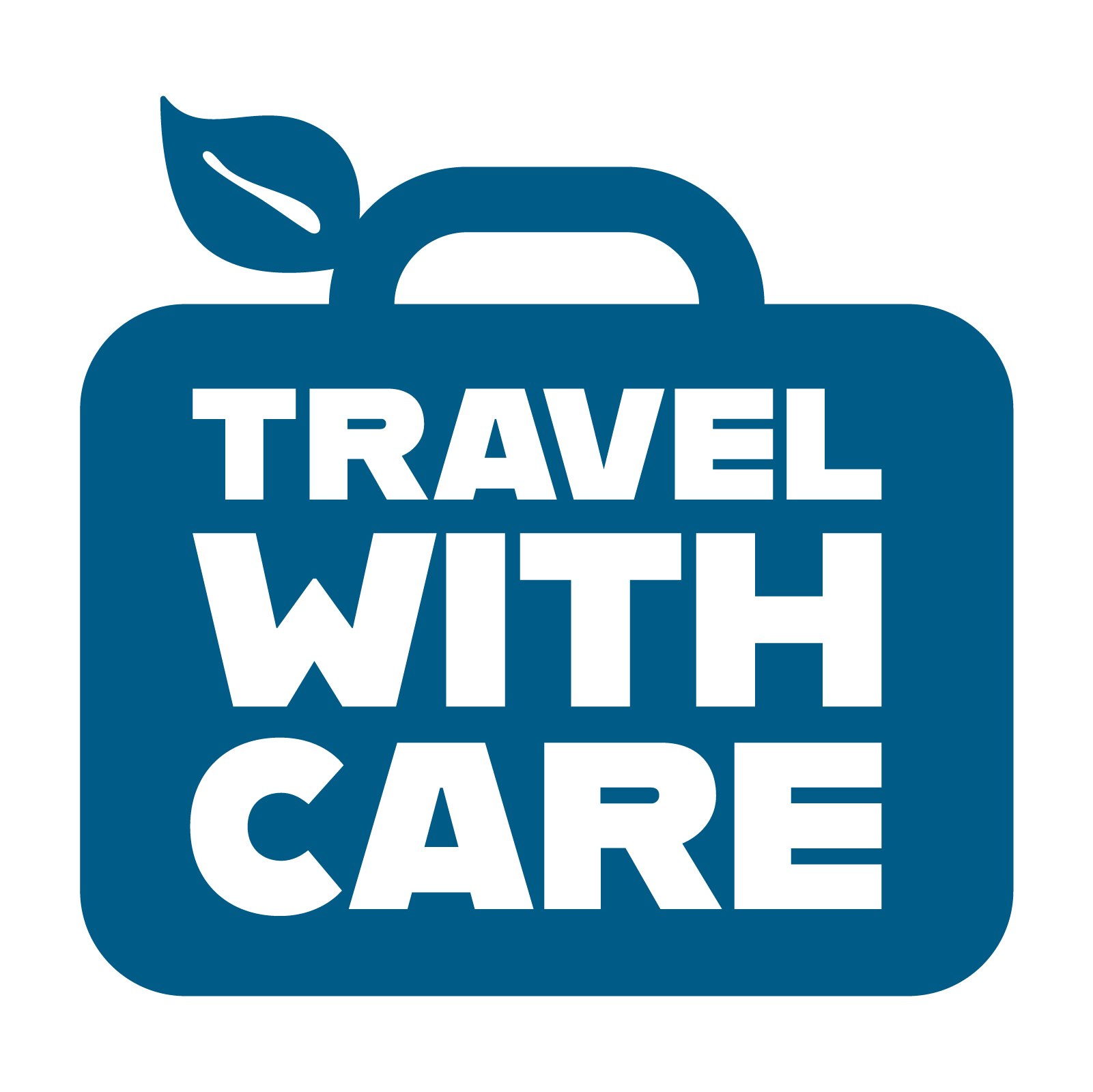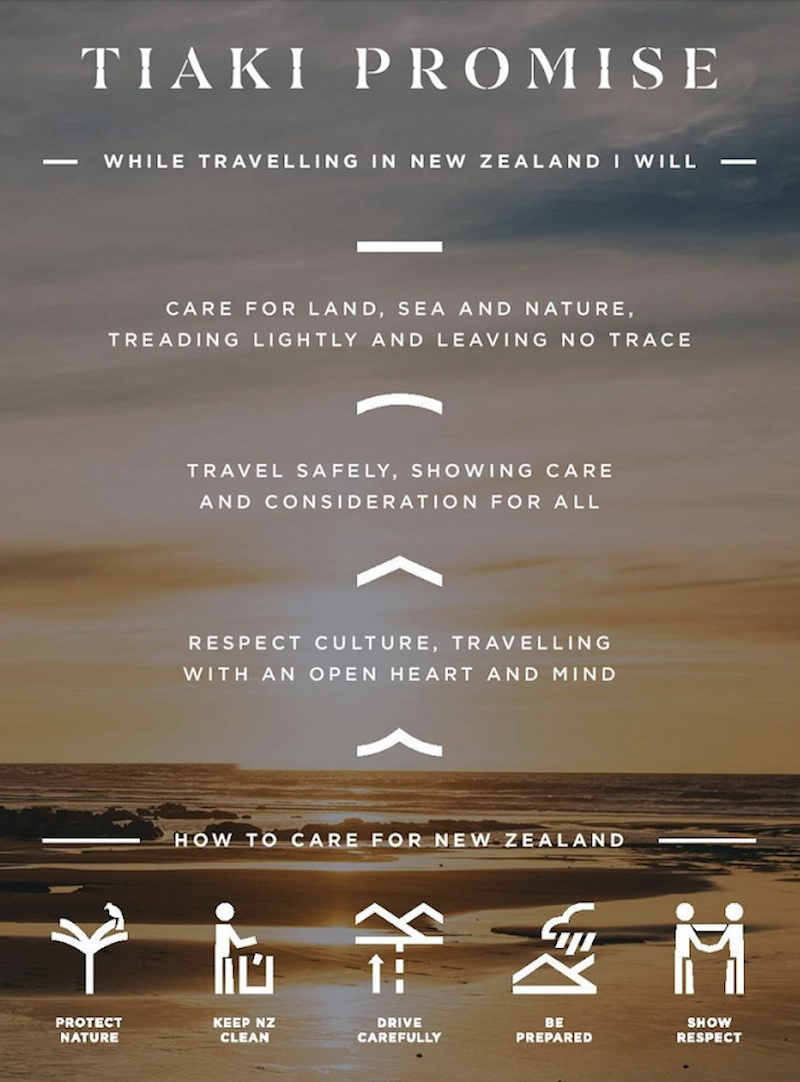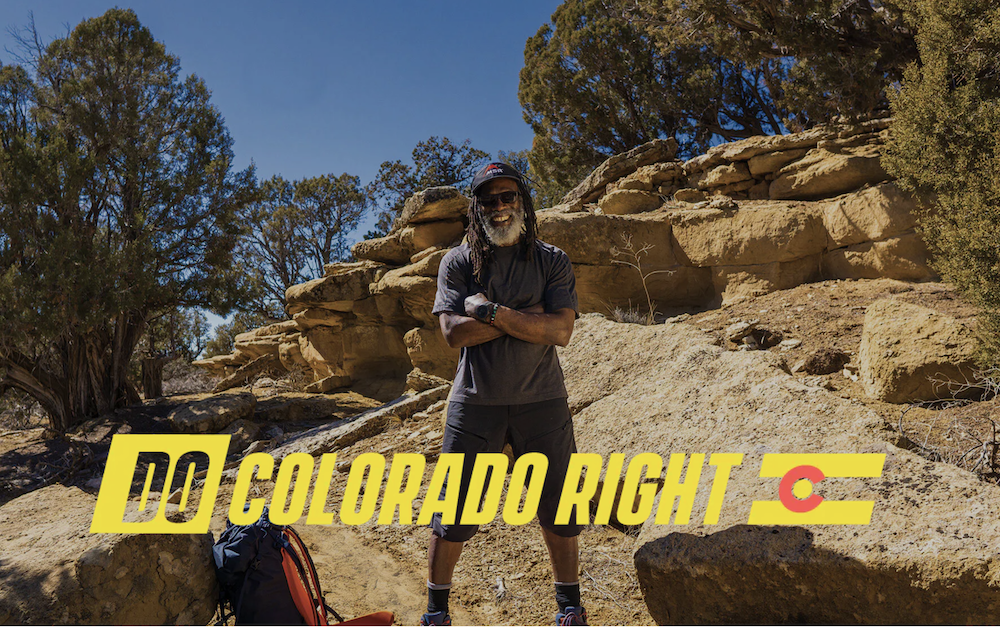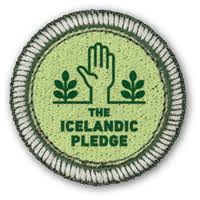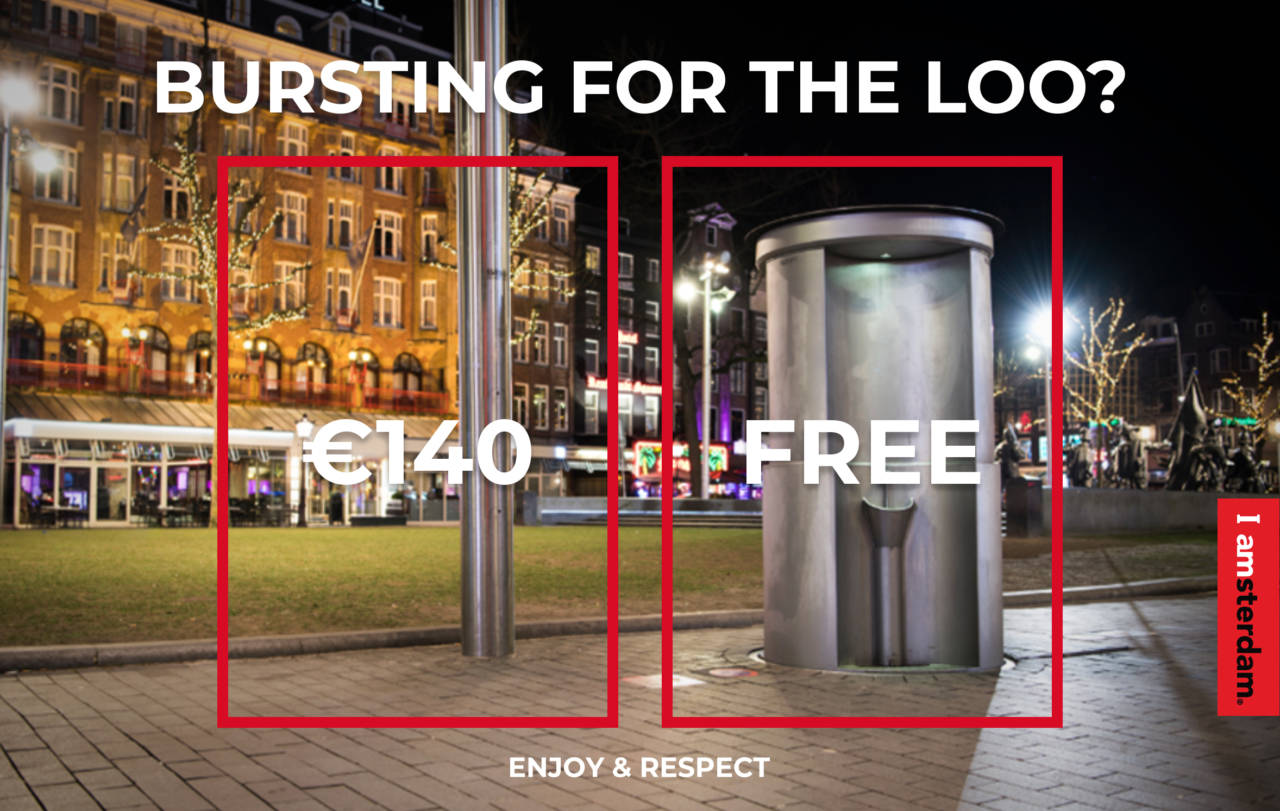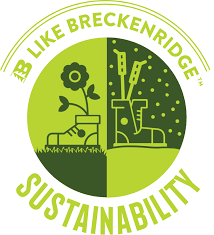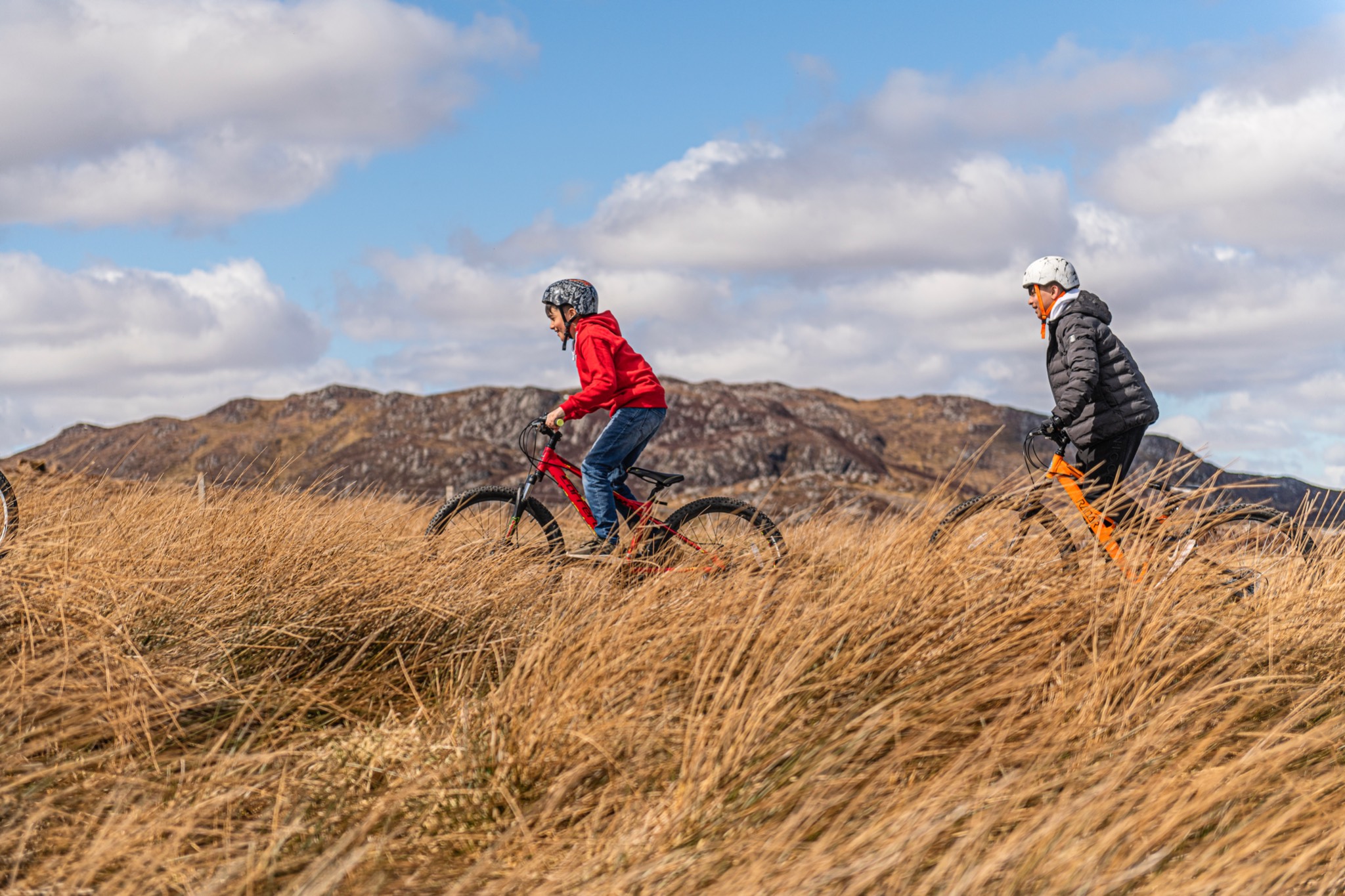6 Global Best Practices in Responsible Traveler Education & Marketing
Travel with Care has reviewed the websites of more than 200 leading destination marketing and management organizations (DMOs) around the world. From this assessment and a review of existing research on responsible travel education and communications we defined these six critical features of engaging and impactful programs:
